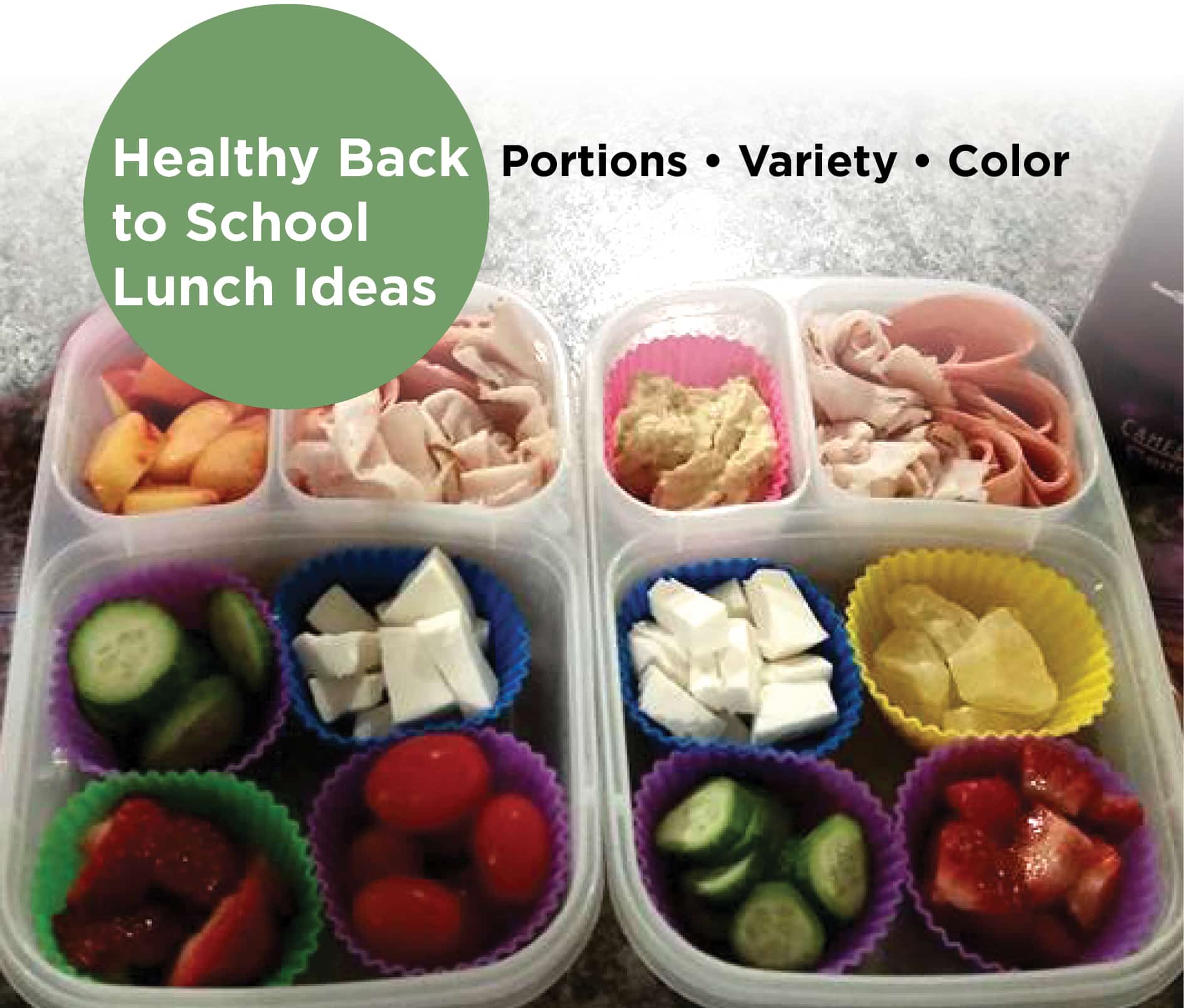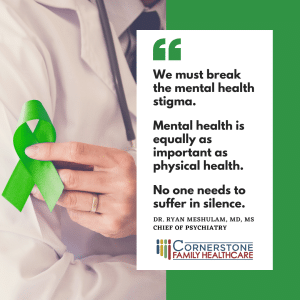Provider Blog written by Barbara Moschitta, Registered Dietitian
I always have good intentions of starting the school year off right with healthy lunches and snacks for my kids. However, it can be difficult to continue to come up with creative and healthy foods that your children will not want to trade with their friends for a bag of chips or pack of gummy worms.
Although peanut butter is a good source of protein and a favorite for those without peanut allergies, there are other good options for lunch that incorporate both calcium and produce. Children need at least 3 servings of calcium a day for strong bones and teeth. Good sources of calcium, include milk, low-fat cheese, or yogurt and other non-dairy sources, such as calcium fortified soy milk, soy beans, tofu, leafy greens, almonds, and sesame seeds.
Children are also encouraged to eat at least 5 servings of vegetables and fruits daily. Produce provides children with a variety of vitamins, minerals, antioxidants, and “phytochemicals” that may help protect them from diseases. A serving of fruit/ vegetable is about ½ cup (1/4 cup for a toddler or preschooler) or medium sized fruit, about the size of a tennis ball.
For a healthy lunch idea, try creating “wrap sandwiches” using pita pockets, lettuce, or tortillas instead of traditional bread. Fill the wrap with last night’s leftovers and add colorful vegetables, such as red pepper, cucumbers, or shredded carrots. You can also put salad into a pita pocket and add shredded cheese and chicken. To increase the amount of fruit your child consumes and reduce their consumption of high-fat and high-calorie snack foods, try adding strawberries or orange slices into their salad.
If your children insist on having crunchy snack foods, look for low-fat options, such as pretzels, low-fat popcorn, celery, carrots, or homemade trail mix (combine low sugar cereals, mixed with nuts, seeds and dried apples). Be sure to read labels and look for cookies and crackers that say “no trans fats” or “trans fat free,” as these items do not contain the harmful fats that raise cholesterol, something we need to be aware of even concerning our kids. Keep to the recommended portion size or less and supplement with vegetables, which will stretch your food and limit the amount of processed snack foods your child eats.
Due to the rise in pediatric obesity, I always encourage parents to use juices with caution, as it adds unnecessary calories and sugar to your child’s diet. 100% fruit juice can offer some benefits; however, low-fat milk or water is a better choice.
After school snacks can also be tricky. Instead of cookies and chips, try serving your child a mini bagel or tortilla with melted low-fat cheese. Another option is a fruit smoothie that you can create by blending 1 cup of low-fat milk or yogurt with fruit and ice cubes together. It is also a good idea to keep fresh fruit on the counter to encourage your children to reach for a healthy snack!
Other snack ideas include:
• popcorn with ¼ cup shredded cheese,
• string cheese and fruit
• whole grain waffle with fruit and strawberry yogurt on top
• fresh veggies and dip (mix 1 cup plain yogurt mixed with taco seasoning, or ranch dressing)
• handful of nuts mixed with a favorite breakfast cereal
• 1 cup of yogurt with graham cracker or vanilla wafer crumbles
Special treats may include pudding made with low-fat milk, frozen yogurt, or light ice cream. Fall is also a great time to add canned pumpkin or apples to recipes, such as apple crisp and pumpkin breads.
It is important to note that parents are role models and greatly influence children’s food choices and even their activity levels. For more recipes and fun ideas concerning children nutrition, schedule an appointment today by calling (845) 563-8000.




